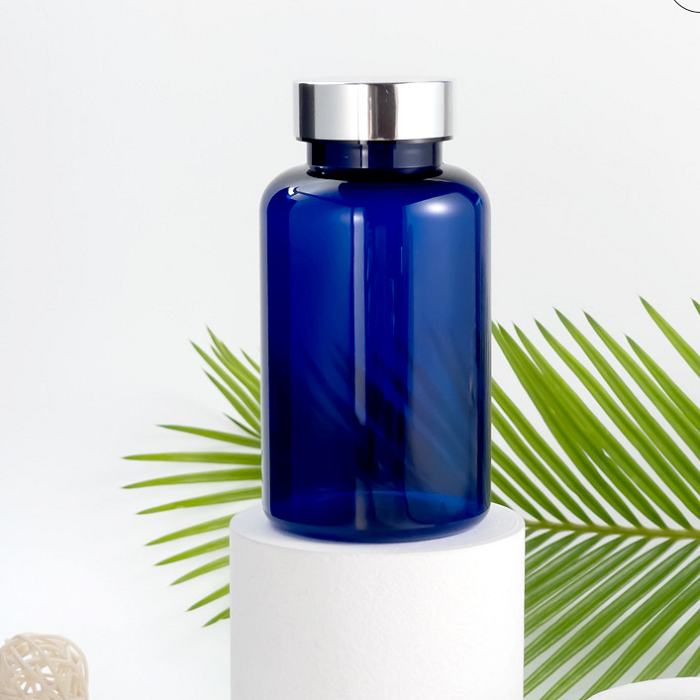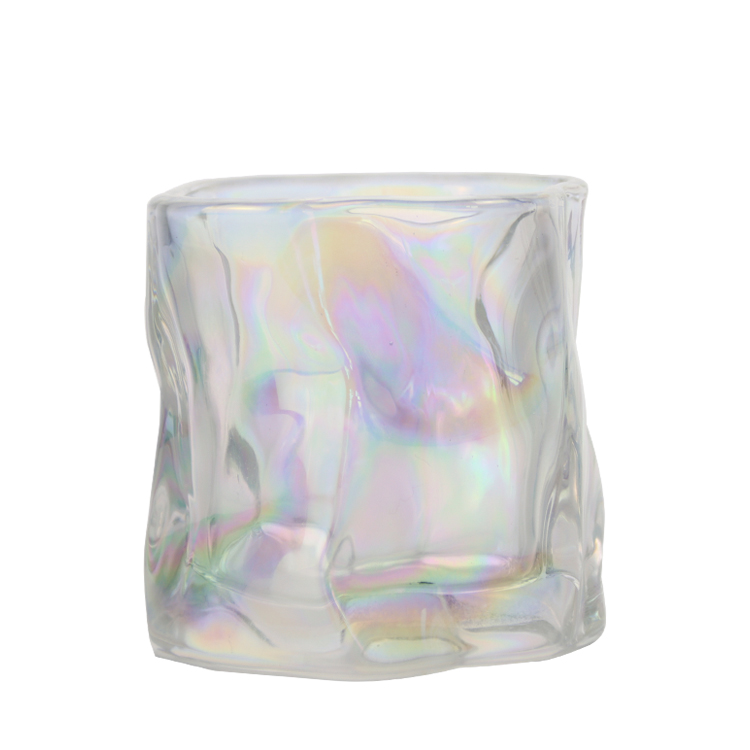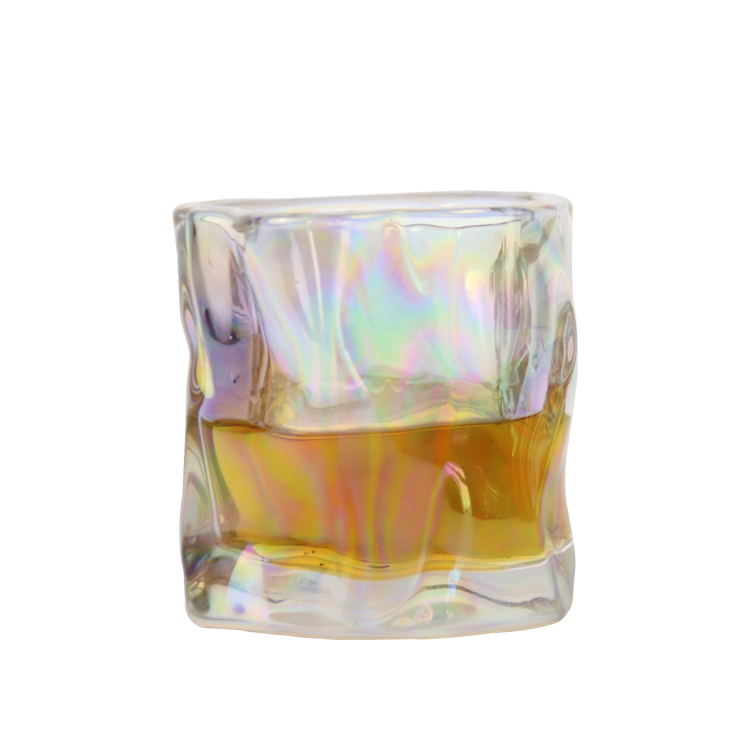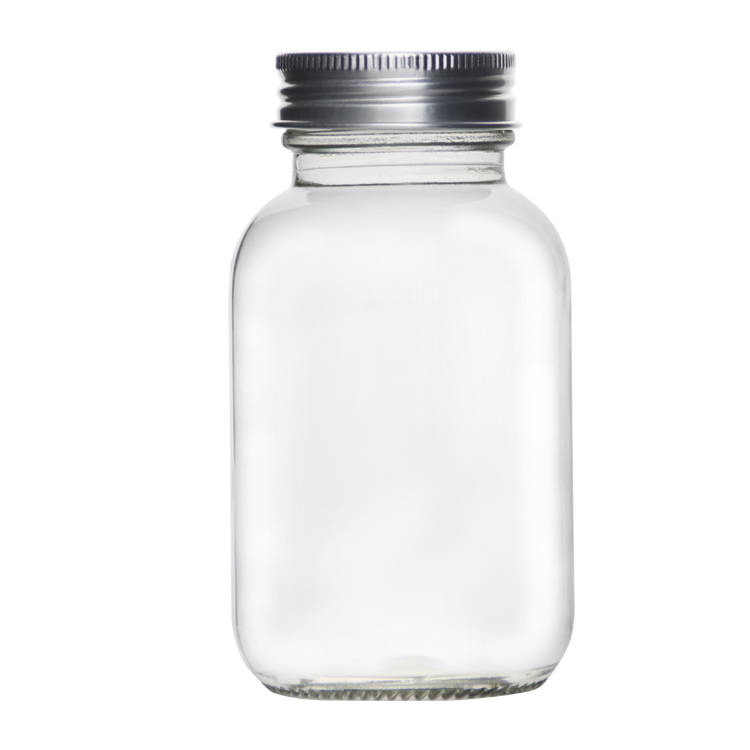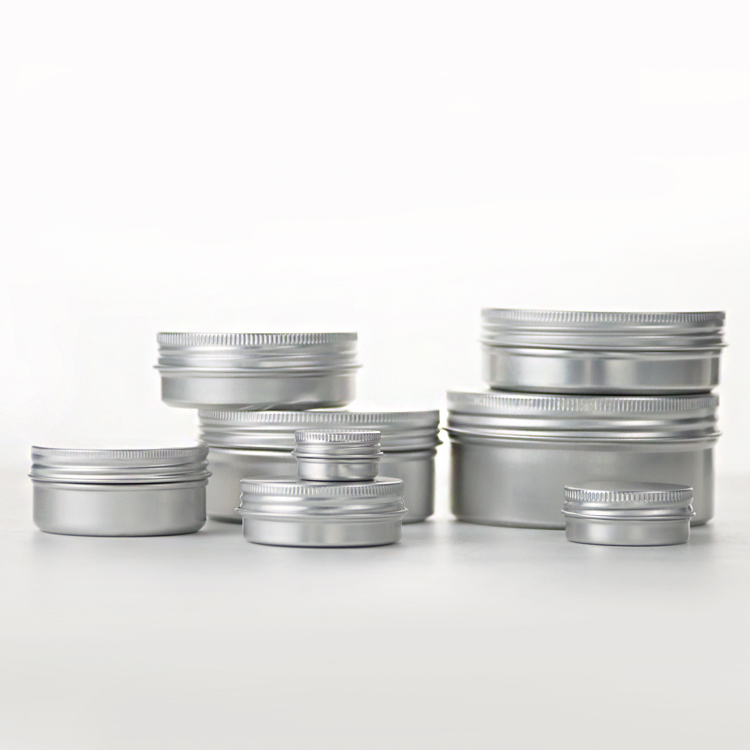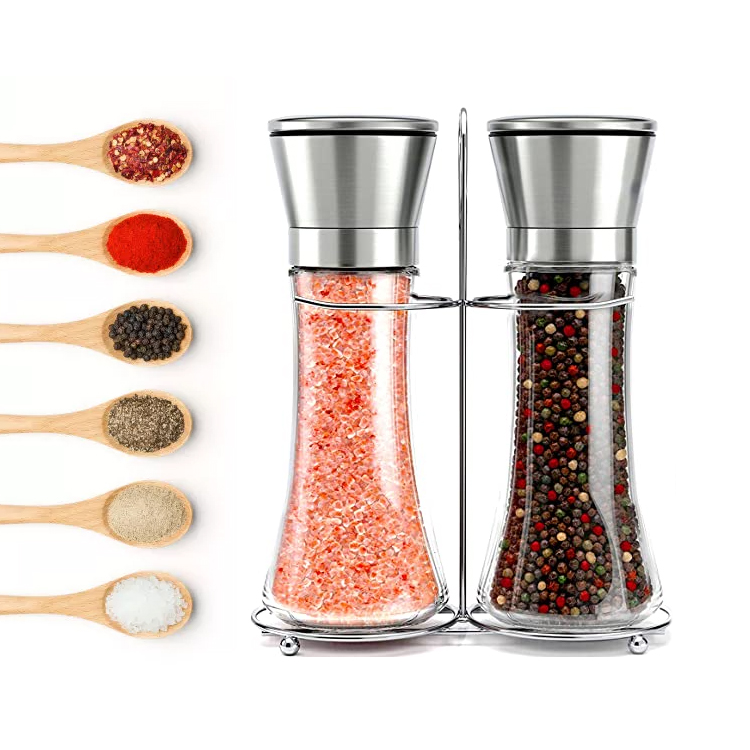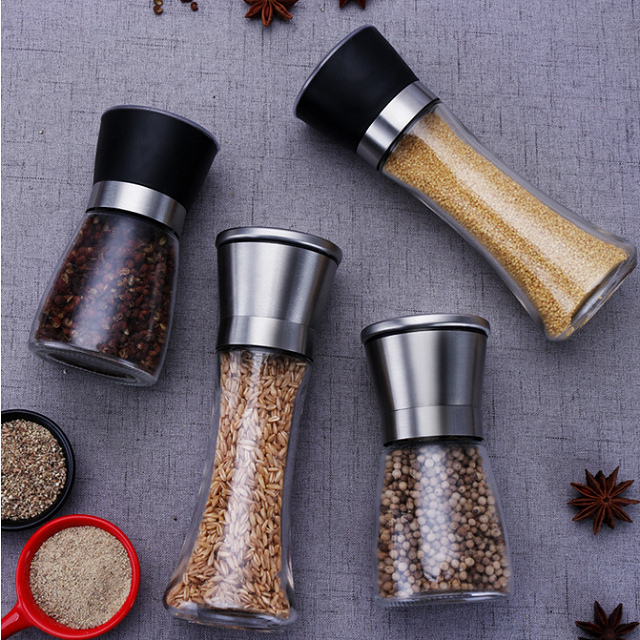The current wine bottles are mainly glass wine bottles and porcelain wine bottles. Glass is windproof and light-transmitting and has stable performance. Now most wines are stored in transparent and sturdy containers such as glass. Therefore, glass bottles are currently used. Products with large volume and high market share. What are the essential differences between these two wine bottles? As a professional glass wine bottle manufacturer, we can give you a detailed introduction:

1. What is the essential difference between glass wine bottles and porcelain wine bottles:
1.1 Glass is a relatively transparent liquid substance, which forms a continuous network structure during melting, and gradually increases in viscosity during cooling and hardens without crystallizing silicate non-metallic materials. The composition of common glass chemical oxides (Na2O·CaO·6SiO2), the main component is silicon dioxide.
The pottery bottle is made of fusible clay.
After the glass is formed, it can be baked, frosted, labelled, etc. The pottery bottle has insufficient performance in the later stage, and other processes cannot be added after molding.
1.2 On the display of wine products, glass bottles mainly highlight the crystal clearness of wine quality. The performance is more modern than Tao.
The display of ceramics should be subtle, mainly highlighting the culture and charm.
1.3 In terms of shape, pottery is richer than glass, and there are more styles than glass.
1.4 Pottery is more fragile than glass during transportation.
2. Relevant concepts
2.1 Glass
Glass is an amorphous inorganic non-metallic material, generally made of a variety of inorganic minerals (such as quartz sand, borax, boric acid, barite, barium carbonate, limestone, feldspar, soda ash, etc.) as the main raw material, and a small amount of auxiliary materials are added. of. Its main components are silica and other oxides. The chemical composition of ordinary glass is Na2SiO3, CaSiO3, SiO2 or Na2O·CaO·6SiO2, etc. The main component is silicate double salt, which is an amorphous solid with random structure. It is widely used in buildings to block wind and light, and belongs to a mixture. There are also colored glass mixed with oxides or salts of certain metals to show color, and tempered glass obtained by physical or chemical methods. Sometimes some transparent plastics (such as polymethyl methacrylate) are also called plexiglass.
2.2 Pottery vase
The function of the pot is to draw water. Pottery vase with small mouth and pointed bottom, with ears for tying. The clay bottle can be thrown into the water, and when the bottle fills and floats, she can retract the rope and carry or carry the bottle to go home. Although the pottery bottle is not a drinking vessel, it is also related to water.
3. How is the pattern on the glass bottle printed?
It’s silkscreened.
Screen printing belongs to stencil printing, which is called the four major printing methods together with lithographic printing, letterpress printing and gravure printing. Stencil printing includes transcription, perforated pattern, spray pattern and screen printing. The principle of stencil printing is: during printing, the printing plate (paper film plate or other plate base with holes through which the ink can pass through) transfers the ink through the holes of the stencil to the substrate (paper, ceramics, etc.) through a certain pressure. ) to form images or text.
During printing, through the extrusion of the scraper, the ink is transferred to the substrate through the mesh of the graphic part to form the same graphic as the original. Screen printing equipment is simple, easy to operate, easy to print and plate making, low cost, and strong adaptability. Screen printing is widely used in common prints: color oil paintings, posters, business cards, binding covers, commodity signs, and printed and dyed textiles.


